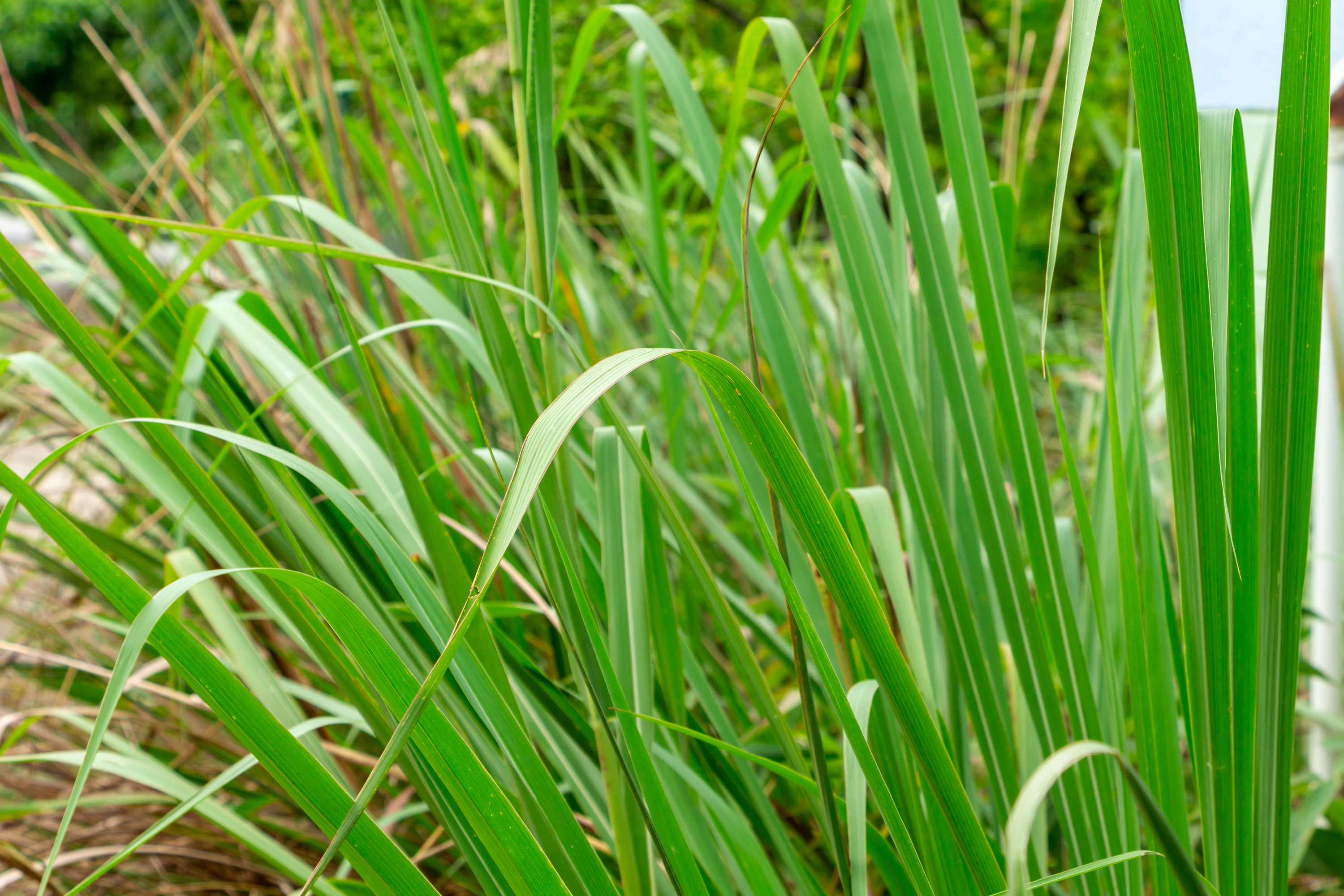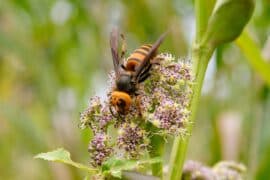Eastern gamagrass
(Tripsacum dactyloides)

Description
Tripsacum dactyloides, commonly called eastern gamagrass, or Fakahatchee grass, is a warm-season, sod-forming bunch grass. It is widespread in the Western Hemisphere, native from the eastern United States to northern South America. Its natural habitat is in sunny moist areas, such as along watercourses and in wet prairies. In some areas, it has adapted well to disturbed conditions. Eastern gamagrass is a widely cultivated for its use as forage. Usually gamagrass grows to a height of 2–3 feet (0.61–0.91 m), but it can be as high as 8–10 ft (2.4–3.0 m). Tripsacum dactyloides is one of the species in the family Poaceae, tribe Andropogoneae, and subtribe Tripsacinae. As the plant is a distant relative of corn, it shares common subtribes with the Zea mays corn species. Eastern gamagrass has several short, fibrous, thick rhizomes. Eastern gamagrass can survive droughts and floods for a long time because of its rigid and thick rhizomatous roots which firmly holding the plant upright. The deep and hollow roots of the plant branch out from lower nodes. Since the grass has short internodes, all the leaves grow out from the plant's base. Each clump's diameter can increase up to 4 ft (1.2 m). The stems and leaves have a purplish color and are glabrous. The glabrous leaf-blade is around 1.5 m (4 ft 11 in) long, 9–35 millimetres (0.35–1.38 in) wide and has hairs at the base. The distinct midrib leaves of gamagrass can grow up to a height of 12–24 inches (300–610 mm) and a width of 0.375–0.75 in (9.5–19.1 mm). The flowers of eastern gamagrass, which blooms from late March to early October, consist of spikes made up of female and male spikelets. Tripsacum dactyloides has separate female and male flowers on the same individual making it a monoecious plant. The inflorescence of the terminal axillary bud is 10–30 centimetres (3.9–11.8 in) long. The type of inflorescence is usually a single raceme or a panicle with a combination of two to three unisexual single racemes. The seed-producing season of the grass is from June to September. The seeds mature disproportionally and production is commonly slow. The joints of the seedhead break into two as the fruit matures and each seed-bearing part contains one seed. The size of the seedhead can range from 6 to 10 inches.
Taxonomic tree:







